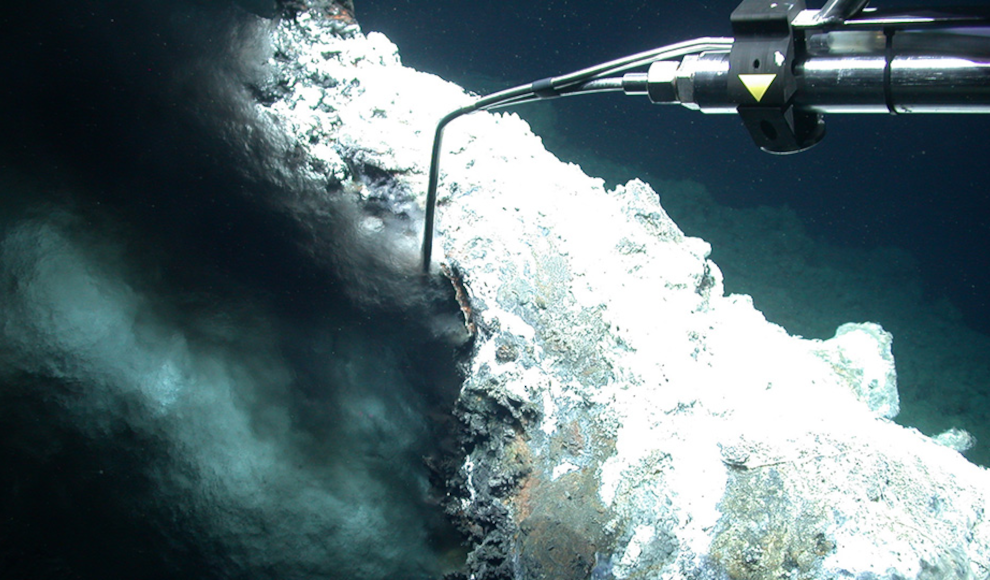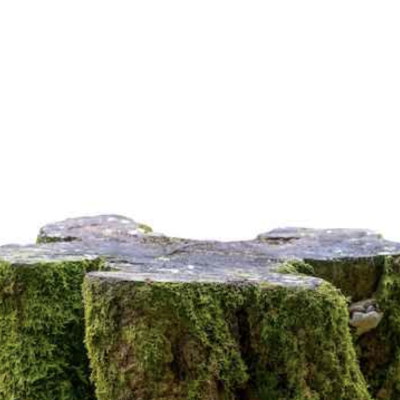A recent expedition by the University of Bremen has discovered a large hydrothermal field in the deep sea between Greenland and Spitsbergen, despite the low spreading rates of the Earth’s crust in the area. Hydrothermal fields on the ocean floor create nutrient-rich ecosystems in an otherwise hostile environment. These hot and mineral-rich sources are the basis for various life forms and may be the origin of the first cells on Earth. Typically, hydrothermal sources with their black smokers and other hydrothermal vents are found at spreading zones of the Earth’s crust, such as the mid-ocean ridge. However, scientists from the MARUM Center for Marine Environmental Sciences at the University of Bremen have discovered a new hydrothermal field on the Knipovich Ridge, a spreading zone between Greenland and Spitsbergen in the North Sea.
Using their underwater robot, the researchers discovered an active vent at a depth of about 3,000 meters, which belongs to a larger hydrothermal field. The hydrothermal field in the deep sea is about 1,000 meters long and 200 meters wide. The discovery of an active black smoker was a significant find for the team, who were thrilled to witness the over 300-degree Celsius hot, metal-rich fluid shooting out like smoke from a chimney. Prior to the University of Bremen’s expedition, no hydrothermal fields were known in the approximately 500-kilometer-long spreading zone between the North American and Eurasian plates.
The newly discovered hydrothermal field on the Knipovich Ridge is particularly interesting due to the low spreading rates of the Earth’s plates in the area. The extremely low spreading rates of only 1.4 centimeters per year mean that new ocean floor is created very slowly. As a result, hydrothermal circulation could occur differently than at normal or rapidly spreading plate boundaries. The observations made so far show that the numerous vents in the newly discovered hydrothermal field differ significantly from each other. The team plans to conduct a more detailed investigation of the Jøtul Hydrothermal Field in about two years during another expedition to the Knipovich Ridge.










